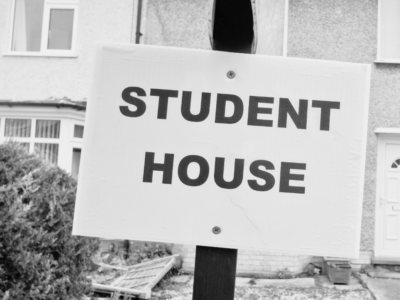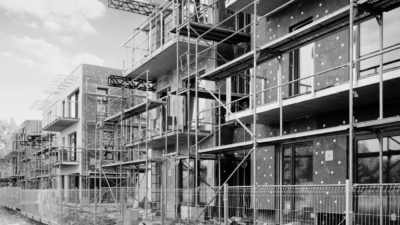Ahead of this week’s Autumn Statement and with whisperings of yet another Government housing initiative focussed on stamp duty, the latest research by estate agent comparison site, GetAgent.co.uk, has looked at just the previous stamp duty holiday did for the property market across England.
There’s no doubt the market is in need of a boost at present, as higher borrowing costs have reduced buyer demand and, as a result, the rate of house price growth seen in recent months.
In fact, the annual rate of house price growth has slowed to just 0.8%.
In contrast, the annual rate of growth seen in September 2021, when the previous stamp duty holiday ended, sat at a heady 11.4%.
With the market clearly struggling at present, there are rumours that another stamp duty amendment could be announced in this week’s Autumn Statement, although it’s expected that this will come in the form of a threshold realignment, rather than a holiday.
So what could it mean for the market?
Well, GetAgent looked at how the previous stamp duty holiday impacted the market both when it comes to house price growth and market activity in the form of sales volumes.
Stamp duty house price boost
The previous holiday first ran from 8th July 2020 to 30th June 2021, with the second version following immediately after and ending 30th September 2021.
The research by GetAgent shows that in this time (July 2020 to September 2021), the average house price across England climbed by 13.3%.
While impressive in itself, GetAgent then compared this rate of growth to the same time period preceding the stamp duty holiday (April 2019 to June 2020).
During this time the average house price across England increased by just 2.5%, meaning the stamp duty holiday helped accelerate house price growth to the tune of 10.8%.
Every region of England saw a higher rate of house price growth during the stamp duty holiday, with the North East topping the table.
Across the region, house prices climbed by 18.4% during the stamp duty holiday versus just 0.6% during the same time period prior, a difference of 17.8%.
London saw the lowest rate of house price growth, but at 5.2%, house prices across the capital still increased by 3% more when compared to the same time period prior to the stamp duty holiday.
At local authority level, house prices across Hastings increased by 22.8% during the stamp duty holiday, a 24.4% swing versus the -1.7% drop seen prior to it.
Market activity increase
The research by GetAgent also shows that across England, almost 1.2m homes were sold during the entirety of the stamp duty holiday, 30% more when compared to the same time period prior.
The South East saw the largest increase in this respect, with 40% more homes sold as a result of the stamp duty holiday, with London (+38%) and the East of England (+35%) also seeing some of the largest increases in market activity.
At local authority level, there was a 62.4% increase in property sales across the New Forest during the stamp duty holiday, with Elmbridge (+62.2%) and Brentwood (+58.5%) also seeing some of the biggest boosts in market activity.
Co-founder and CEO of GetAgent.co.uk, Colby Short, commented:
“The current landscape isn’t too dissimilar to that of the pandemic, with market activity slowing and house prices cooling, albeit a more gradual decline compared to the immediate impact caused by initial industry lockdown restrictions.
However, the market is currently in dire need of an adrenaline shot, as it was at the start of the pandemic.
If the rumours are true, the Government could be set to administer one at this week’s Autumn Statement in what is seemingly the only way they know how – via stamp duty incentives.
Historic data suggests that this should have the desired effect, as fuelling demand in such a manner is always likely to bring about an increase in sales volumes and house prices.
Of course, the long term health of the property market would be better cultivated by actually addressing the shortage of housing, but as the Government has proved time and time again, they are a one trick pony when it comes to housing initiatives.”
























Comments